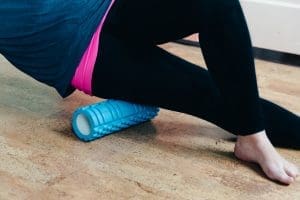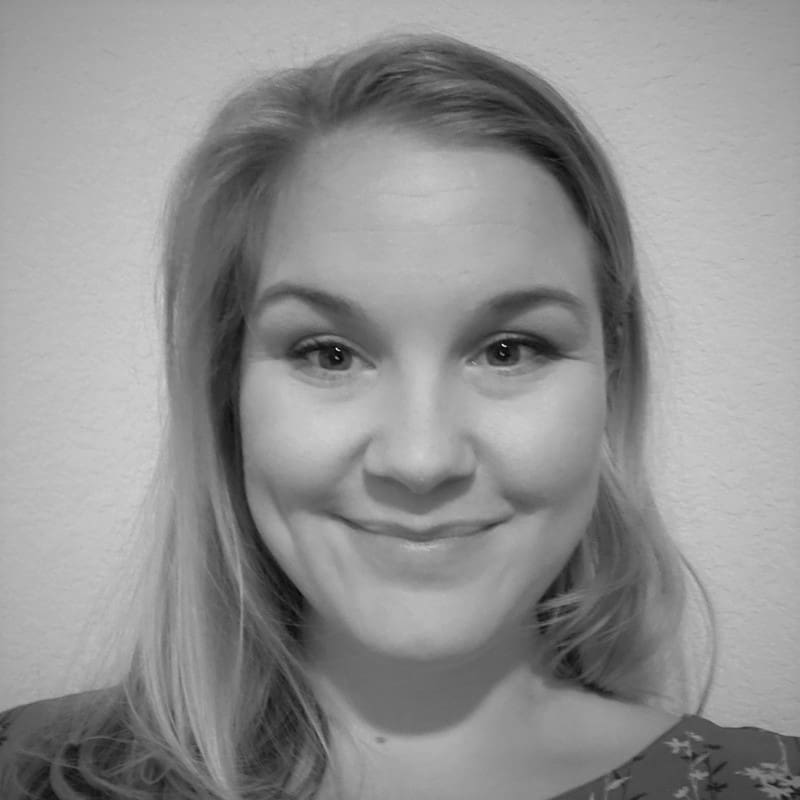A Brief History of Massage
Massage can be traced back to 3000 BCE with multiple regions across the globe developing their own practice during this 500-year period. In India, massage grew alongside Ayurvedic medicine, which is a holistic approach to harmonize the body and its environment. Massage can be found in cave paintings in Egypt that date back to 2500 BCE, who during this time are credited with developing reflexology. Likewise, writings in traditional Chinese medicine capture the benefits of massage in 2700 BCE. Chinese medicine teaches illness begins with blocked energy channels and saw massage as a technique to enhance the energy flow so the body can restore and be well.

Over the next millennium, the practice of massage traveled across the globe. The use of targeted touch often developed alongside holistic medicinal approaches for the mind and body. In 1000 BCE Japan, massage moved from China and grew into Shiatsu massage, which increases energy in a patient through stimulating pressure points throughout the body. Massage also became a restorative practice in Ancient Greece and was used by athletes to remain in prime physical health.
Massage methods continued to travel across the world as a technique to enhance overall health. Over the last century, Western medicine has also adopted massage as a wellness practice. Massage was used to reduce what we now call PTSD in World War I, and in 1943 the American Massage Therapy Association was formed. Since then, the industry continues to integrate traditional practices with most current scientific data to bring wellness to its clients.
Adapting During Times of Change
Like so many other industries, massage experienced the sudden need for new safety measures to prevent the spread of Covd19. As doors shut, we hoped for a swift return to normal, and we’ve quickly learned that this will not be the case. Now, as we enter July with Covid-19 numbers climbing across the US, the hope for business as usual is now a distant memory. The massage industry waits patiently to provide healing touch to clients, while simultaneously exploring no-touch delivery methods.
Body Techniques Goes Virtual
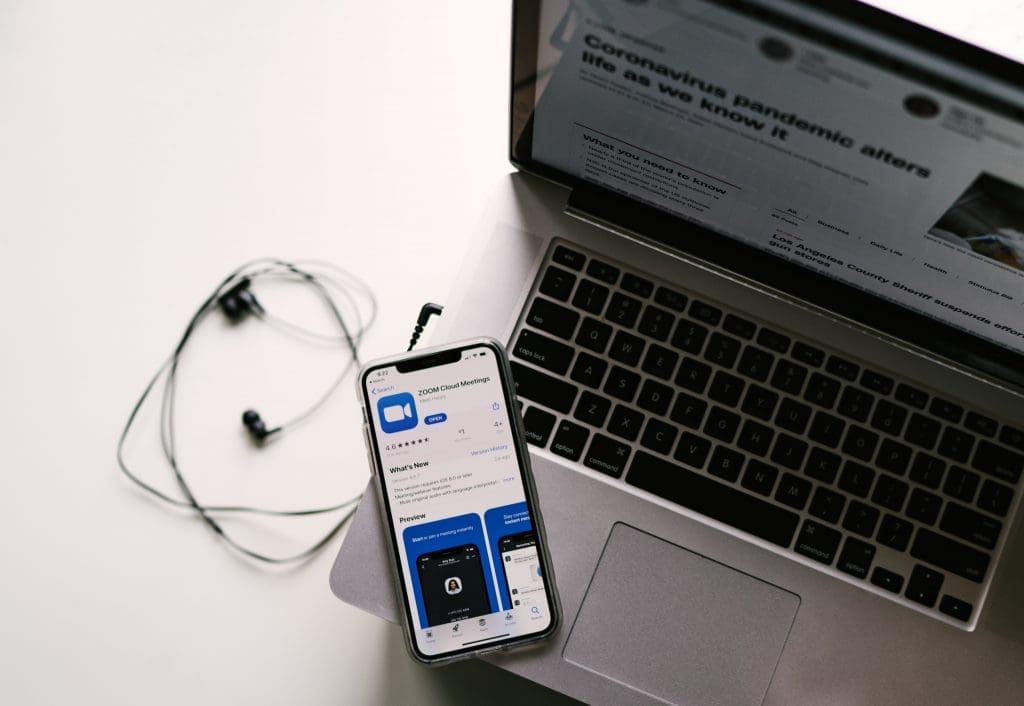
Our office is headquartered in the Bay Area and is located in one of the most restricted regions for massage. As a company that provides corporate stress management throughout the US, we’ve used the increased scrutiny to strengthen our internal practices and safety procedures.
Body Techniques is known for providing quality massage to professionals so they can recharge while at work, but what happens when no one is going into the office?
One on One virtual sessions have become our answer to satisfy clients who miss their regular massage. We found that one of the essential pieces of this wellness practice was personalized care and we developed sessions around this concept. Remaining hands-free means that a licensed massage therapist verbally walks a client through movements to create the same benefits of a massage. For some, it may look like a guided deep tissue foam rolling session, while for others, it may be a gentle guided stretch. With one-to-one care, an appointment slot is still time for clients to reset and restore.
With the rise in video communications, we can look to scientific studies to discover new ways that screens can maximize our wellness routines. A 2017 medical study found that massage clients with chronic back pain received even more pain relief when they watched the massage being performed on themselves in real time over video. With one-to-one sessions, participants also get to view themselves working through moments and may be able to capture some the same benefits of increased pain relief by viewing themselves live during a session.
